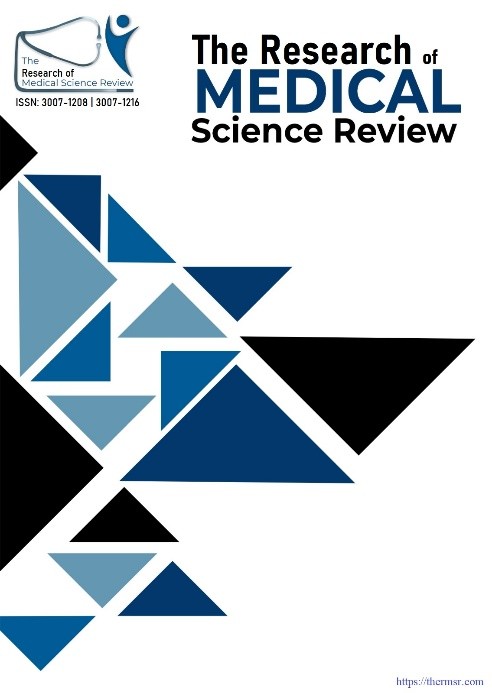PREVALENCE OF ACHILLES TENDINOPATHY DUE TO PROLONGED STANDING AMONG BRT WORKERS OF PESHAWAR
Main Article Content
Abstract
Background: Achilles tendinopathy, a degenerative condition of the Achilles tendon, is commonly associated with repetitive strain and prolonged standing. While prevalent in athletic populations, it increasingly affects non-athletic workers, particularly those exposed to extended standing durations in occupational settings. Despite global attention, limited research has focused on public transport workers in Pakistan, such as those employed in Peshawar’s Bus Rapid Transit (BRT) system.
Objective: To assess the prevalence of Achilles tendinopathy among BRT workers in Peshawar and to identify occupational risk factors—such as prolonged standing, footwear, and ergonomic conditions—contributing to its development.
Methodology: A cross-sectional study was conducted involving 218 BRT workers. Data were collected through a structured questionnaire incorporating the Victorian Institute of Sport Assessment-Achilles (VISA-A) and Lower Extremity Functional Scale (LEFS). Chi-square tests were used to evaluate associations between Achilles tendon symptoms and functional outcomes. A p-value < 0.05 was considered statistically significant.
Results: The mean age of participants was 30.83 years, with 77.1% being male. While 71.6% reported no pain during work hours, 28.4% experienced varying degrees of pain. Notably, 31.82% reported discomfort after prolonged standing, and 28.4% reported pain during physical activity. Significant associations were found between Achilles tendon symptoms and reduced functional scores (p < 0.001). Diabetes was also significantly linked to poorer functional outcomes. Gender did not show a significant association.
Conclusion: Achilles tendinopathy is a relevant occupational health concern among BRT workers in Peshawar, with prolonged standing and systemic conditions like diabetes contributing to increased risk. These findings underscore the need for preventive strategies including ergonomic modifications, health screening, and rehabilitation protocols tailored to this occupational group.
Downloads
Article Details
Section

This work is licensed under a Creative Commons Attribution-NonCommercial-NoDerivatives 4.0 International License.
